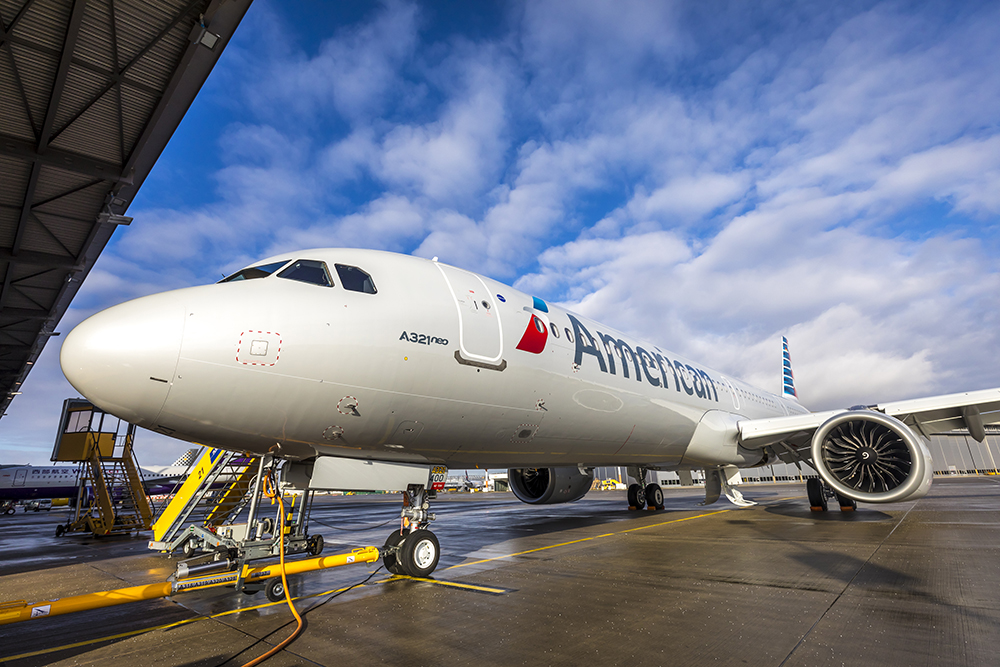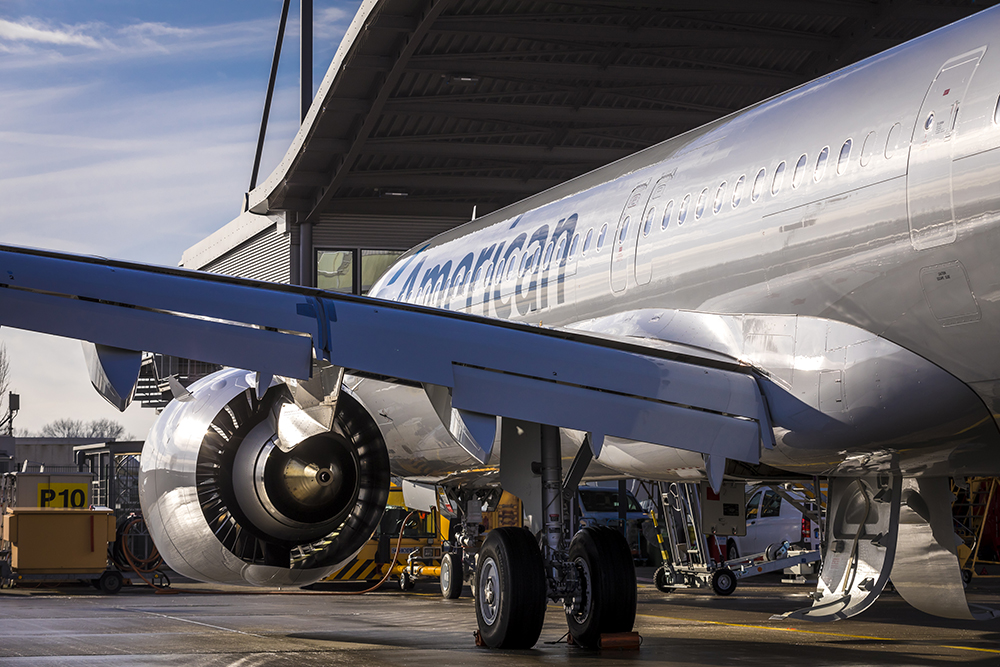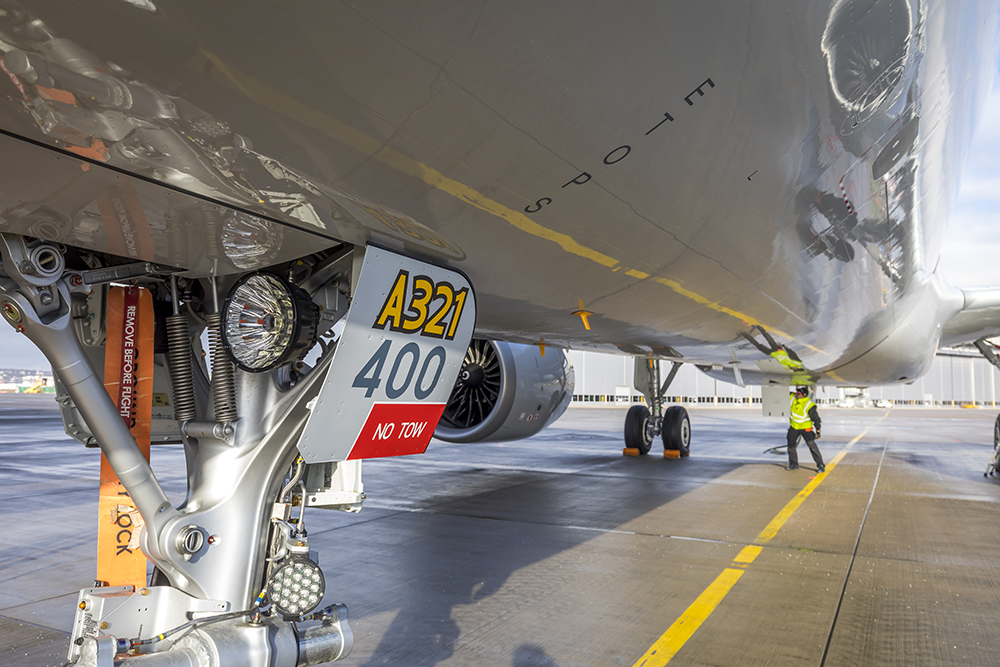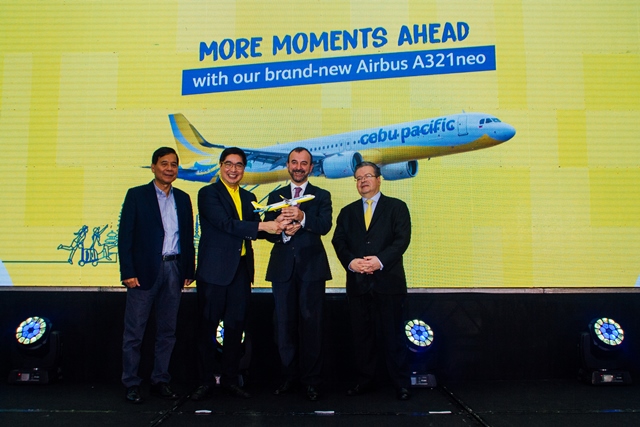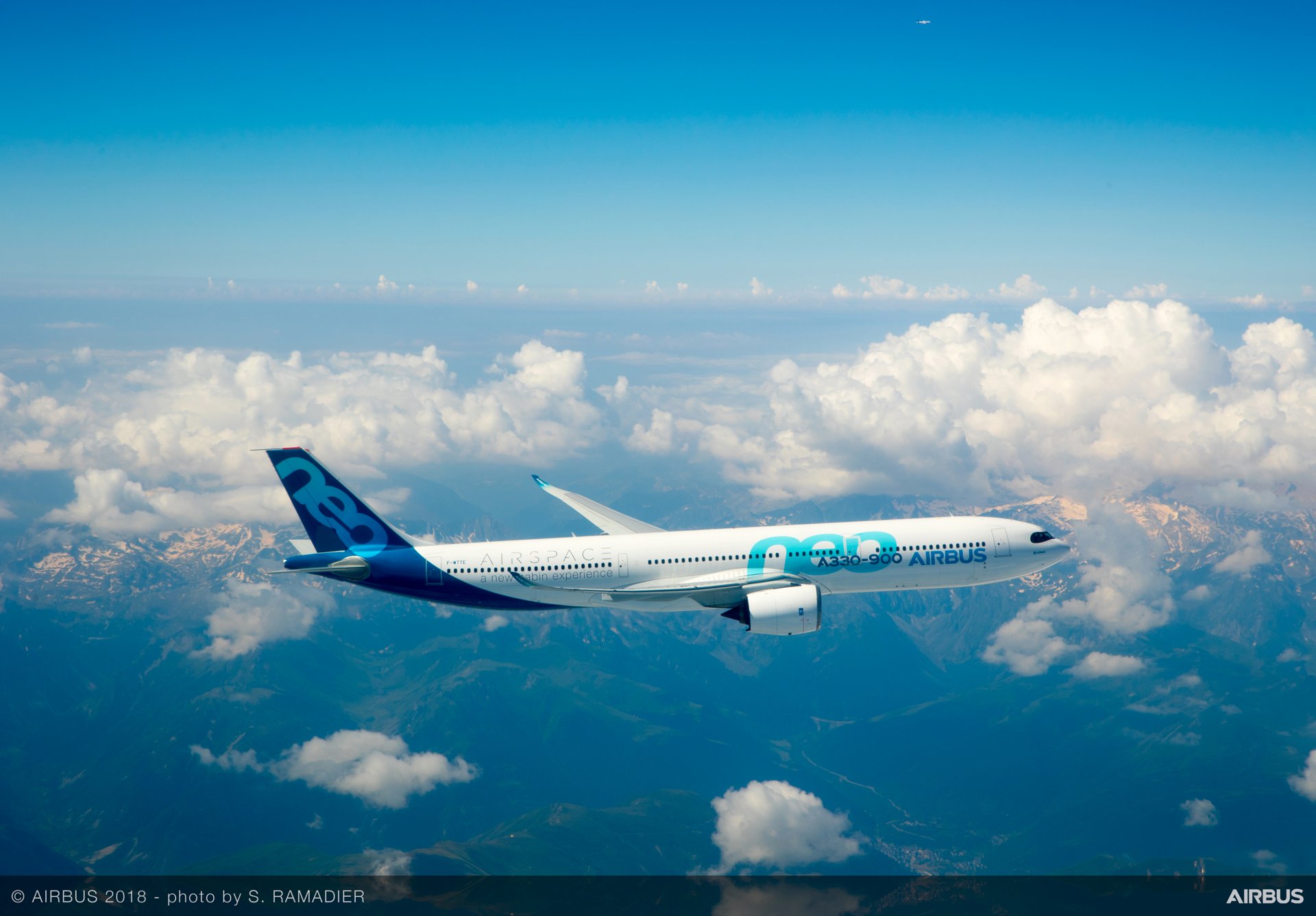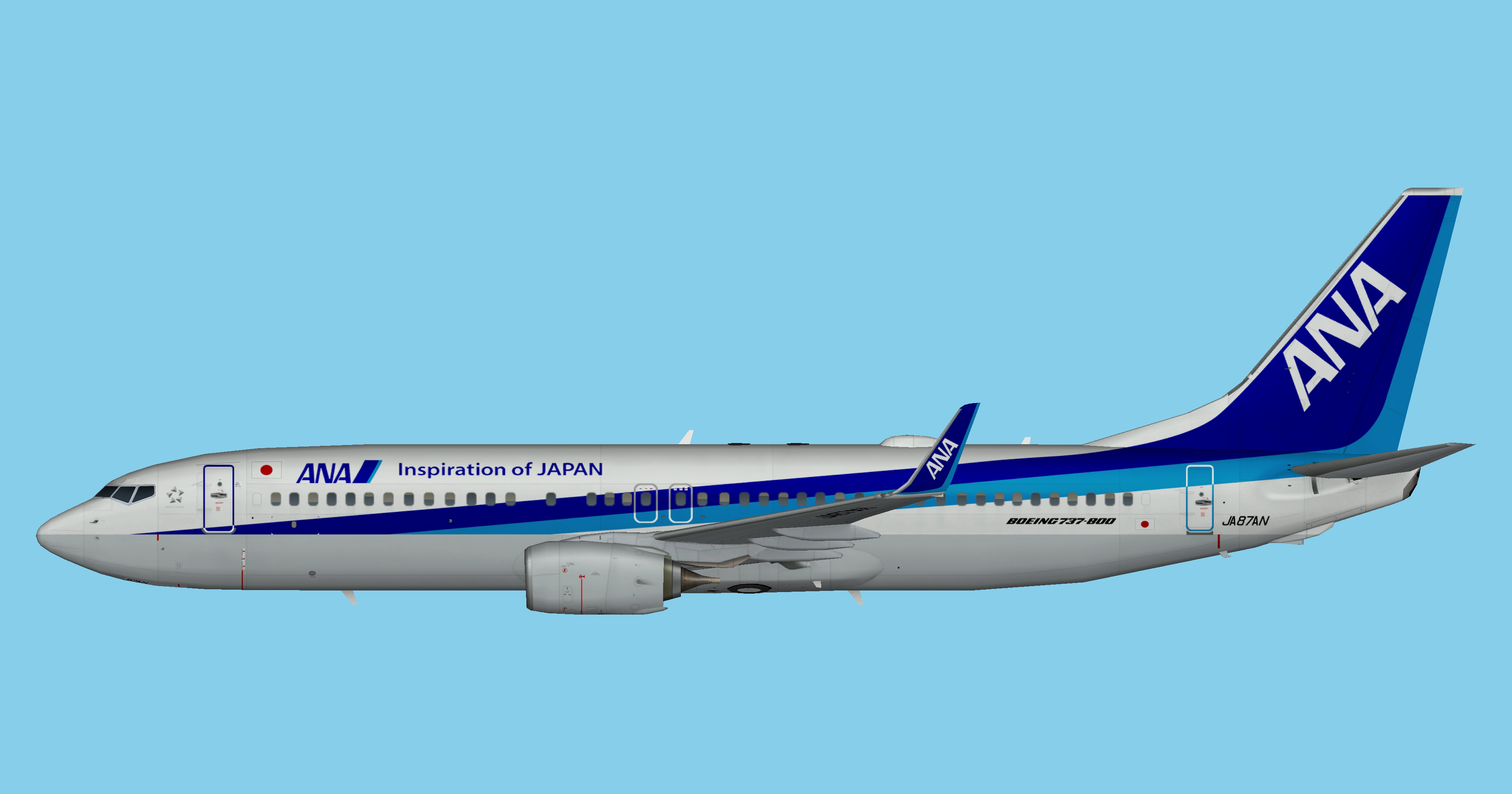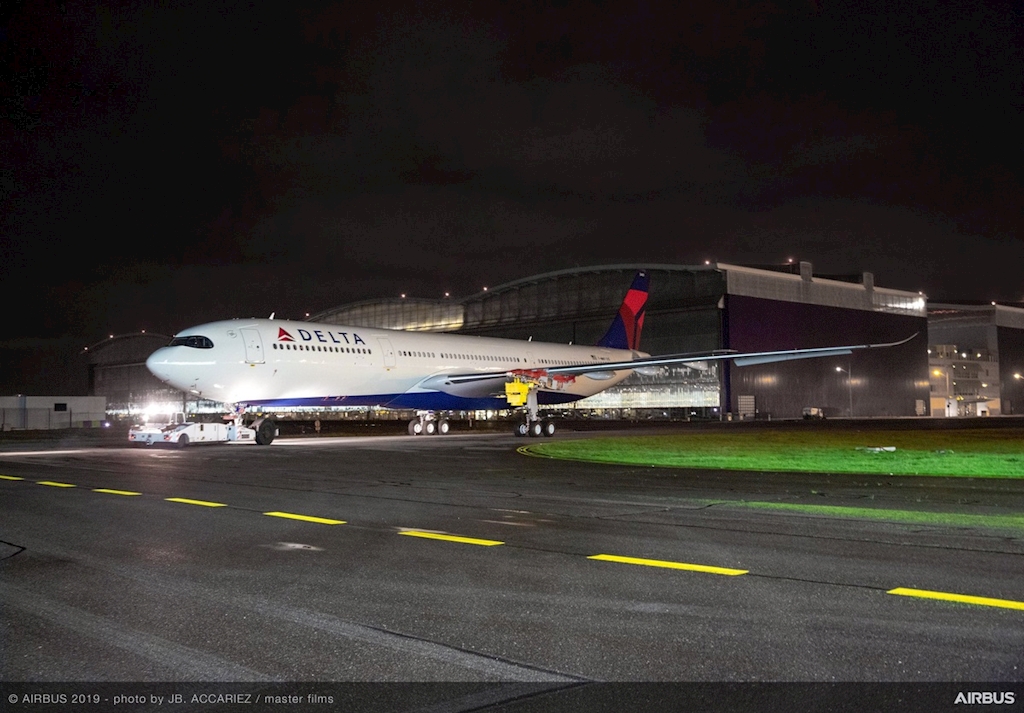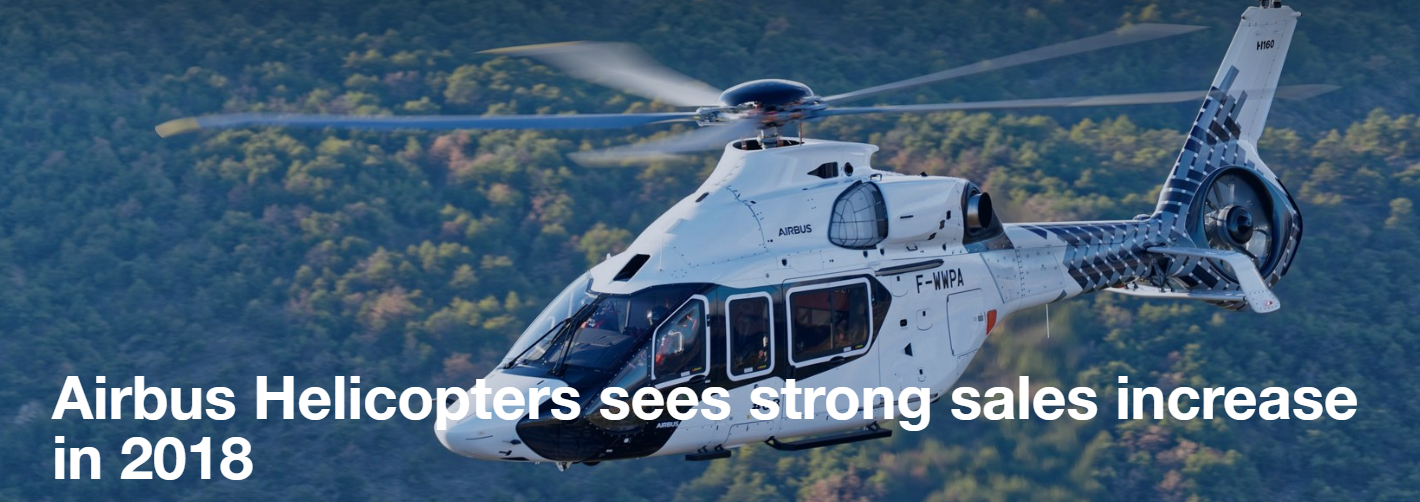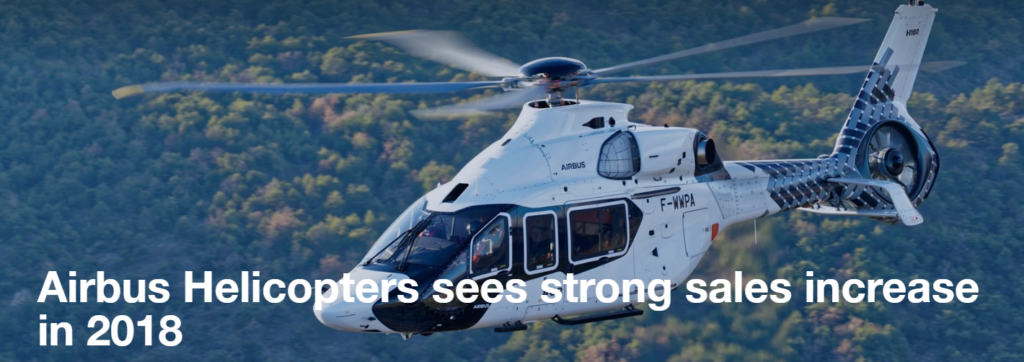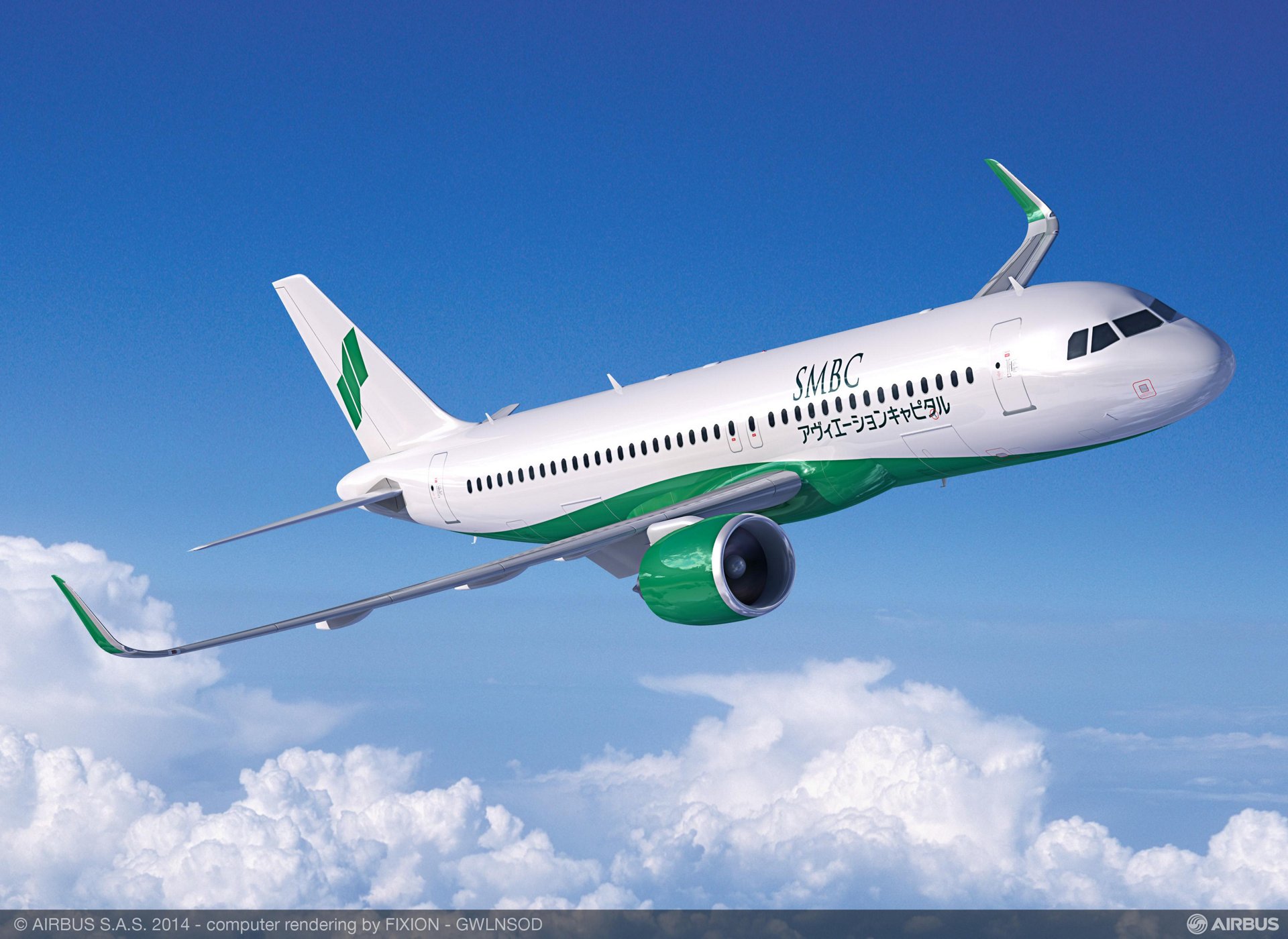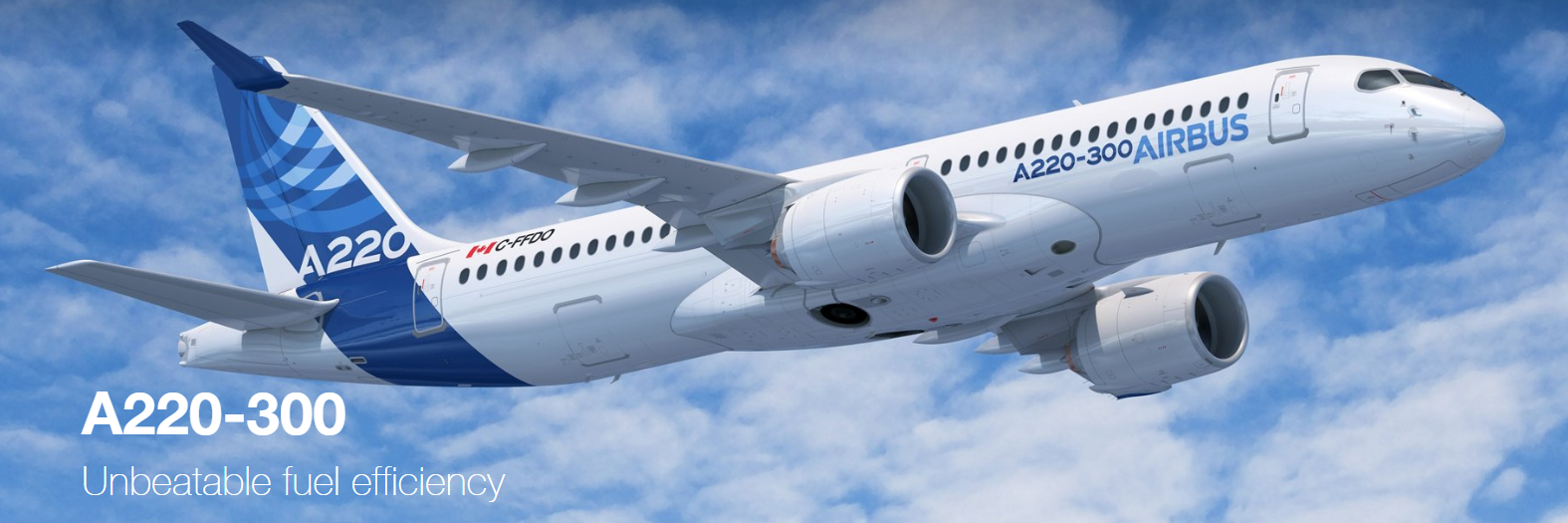The next era of air travel is just around the corner.
Delta’s newest narrowbody jet, the state-of-the-art A200-100, is just days away from entering service, with inaugural flights set to depart this Thursday, Feb. 7, from New York’s LaGuardia airport.
While in many ways the A220 represents the future – from a state-of-the-art interior to superior fuel efficiency – it also represents years of hard work on behalf of Delta employees across the airline.
Behind-the-scenes, a team of Delta employees, in partnership with Airbus, have been working together for months to prepare North America’s first A220 for service. From honing in on the aircraft’s design to proving that flight crews can safely evacuate the aircraft in 15 seconds or less – the to-do list for readying a new aircraft is long, and often unexpected.
Today, Delta is launching the “Best in Class” A220 miniseries to dive into these efforts. In this three-part series, viewers will hear from Delta people across the business who’ve played a critical role in preparing the A220 to join Delta’s fleet, while keeping customers at the forefront in each decision along the way.
In the first episode, “Coming Together,” we begin with Delta employees gearing up to sell A220 tickets for the first time. Follow along as Delta’s very first A220 goes through the assembly line, paint shop, and ultimately touches down in Delta’s hometown of Atlanta.
Stay tuned for Best in Class Episode 2: “Inside and Out.”

Story from http://www.delta.com
Image from http://www.airbus.com
